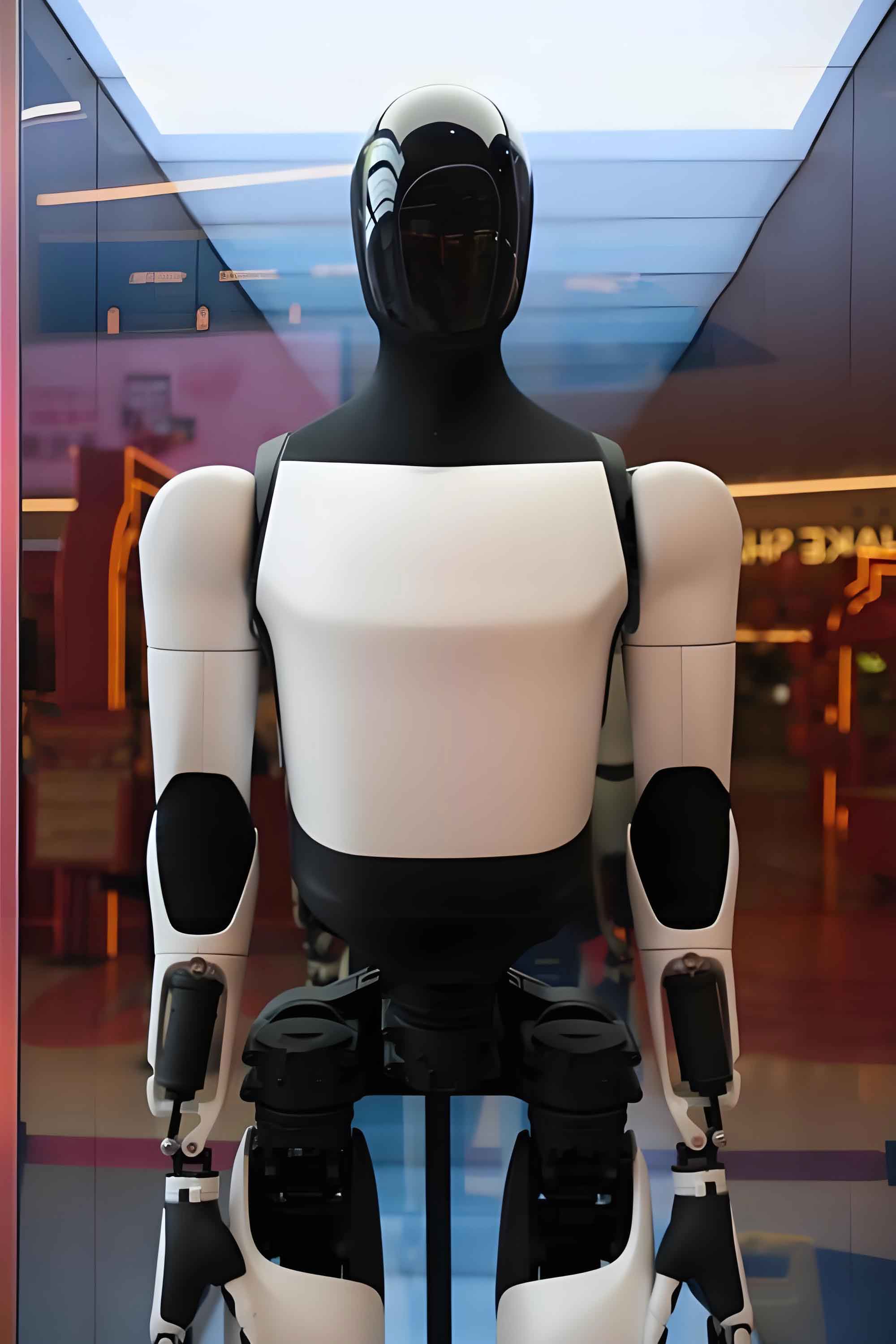The rhythmic whir of servo motors has become the new heartbeat across industrial zones in southern China, where a profound transformation is unfolding. At Unitree Robotics’ Hangzhou facility, engineers calibrate quadrupedal machines that recently captivated global audiences—not merely as technological curiosities, but as harbingers of an industrial paradigm shift. These agile AI robots, navigating complex terrains with animal-like dexterity, represent just one facet of China’s accelerating drive to dominate intelligent automation.

Industrial Ecosystems: Forging the Supply Chain Backbone
While robotics adoption began early here, maturity demanded systemic reinvention. “Isolated excellence isn’t sustainable,” observes a senior engineer at Midea Group, the appliance giant turned automation catalyst. Their answer? The KUKA Smart Manufacturing Industrial Park—a 150-acre nerve center where over 85% of components now originate within a 50km radius. This vertical integration slashes production cycles by 40% while attracting 47 tier-one suppliers specializing in harmonic drives, machine vision systems, and AI robot controllers. The cluster exemplifies China’s “chain master” strategy: anchor corporations orchestrate ecosystems where startups and SMEs innovate symbiotic solutions.
Talent Cultivation: The Human Algorithm
Behind every autonomous mobile robot (AMR) lies layers of human ingenuity. “We compete for minds, not just markets,” states Zhang Guoming, Director of Productivity Innovation at the Gaoming Research Institute. Facing a projected deficit of 1.2 million robotics engineers by 2028, Guangdong Province has overhauled vocational pipelines. At Foshan Polytechnic, students train on industrial AI robots mirroring real production lines—from collaborative arms assembling circuit boards to logistics bots optimizing warehouse flows. Regional initiatives now fund 30% of tuition for AI-robotics dual majors, while angel investment networks offer $140K seed grants to graduate teams. The calculus is clear: mass innovation precedes breakthroughs.
Global Expansion: Intelligent Ambitions Cross Oceans
Gatorbot’s AMRs now navigate factory floors from Stuttgart to Chattanooga—a trajectory reflecting China’s broader export pivot. With overseas revenue projected to surge from 10% to 50% of total income by 2027, the company’s Detroit assembly plant symbolizes a new phase: localized intelligence. “Our AI robots don’t just ship; they learn,” explains VP Wang Meikui. “Edge computing modules adapt navigation algorithms to regional industrial layouts overnight.” Yet barriers persist. EU cybersecurity certifications and U.S. procurement rules demand costly redesigns. “We need governments to harmonize standards,” Wang emphasizes, “or fragmentation stifles growth.”
Policy Architecture: Scaffolding the Leap
Municipal blueprints reveal strategic granularity. Beyond tax incentives, Foshan’s “AI+ Robotics 2030” framework mandates:
- Cross-Industry Fusion Zones where medical AI robots train via automotive sensor data
- Open-Source Testing Grounds providing free LiDAR access for startups
- Export Accelerators covering 60% of compliance certification costs
Such scaffolding fuels companies like Unitree, whose quadruped AI robots now command 70% of the global consumer market. “Governments enable velocity,” notes a R&D lead. “When we reduced servo motor costs by 53% last quarter, it wasn’t just engineering—it was custom duty waivers on rare-earth magnets.”
The Cognitive Machines Horizon
The narrative transcends mechanization. In sterile labs, AI robots now conduct 10,000 chemical trials daily—autonomously hypothesizing and iterating. Neural architecture chips allow real-time adaptation: logistics bots recalibrate paths when sensors detect seismic tremors; surgical arms adjust pressure mid-incision based on tissue analytics. This cognition marks Phase 3 of the revolution. “We’ve moved beyond programmed automation,” asserts a chief scientist at the Guangdong AI Institute. “When an AI robot diagnoses its own actuator wear and orders replacements? That’s machine self-awareness.”
Sustainable Intelligence: The Green Equation
Critiquing automation’s energy footprint, innovators counter with radical efficiency. Delta Electronics’ new AI robot series consumes 800W—less than a home espresso machine—while lifting 1.5-ton payloads. Solar-powered charging docks slash grid reliance, and self-optimizing kinematics minimize motor strain. “Each generation is 30% more energy-productive,” notes a sustainability officer. “By 2030, our factories will achieve net-zero via AI robot-managed microgrids.”
Conclusion: The Intelligence Imperative
The emergence isn’t about replicating human labor but transcending biological limits. As AI robots master nano-scale welding and pandemic-response decontamination, they redefine possibility itself. With China commissioning 45% of global industrial robots last year—half integrated with artificial intelligence—the fusion of cognition and mechanics is accelerating beyond incremental gains into exponential transformation. In this reengineered world, intelligence isn’t just embedded; it’s evolved.
